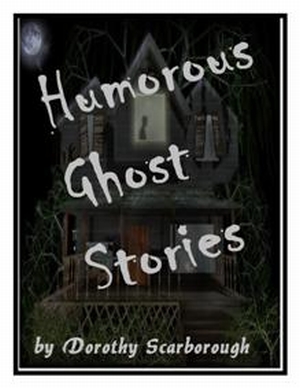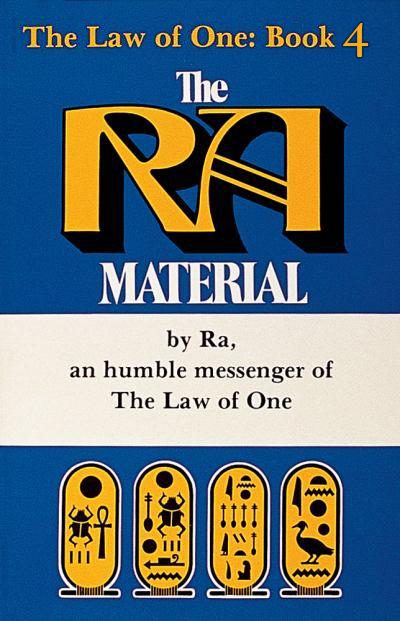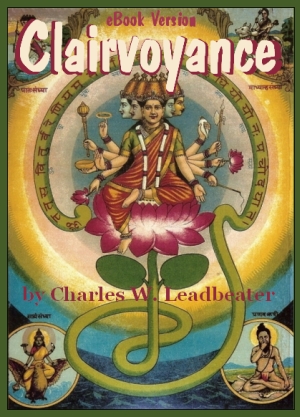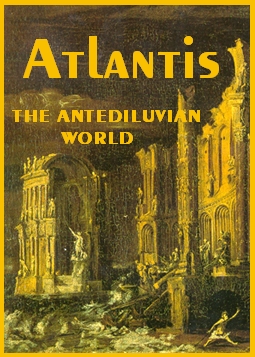Description
INTRODUCTION
The humorous ghost is distinctly a modern character. In early literature wraiths took
themselves very seriously, and insisted on a proper show of respectful fear on the part of those
whom they honored by haunting. A mortal was expected to rise when a ghost entered the room,
and in case he was slow about it, his spine gave notice of what etiquette demanded. In the event
of outdoor apparition, if a man failed to bare his head in awe, the roots of his hair reminded him
of his remissness. Woman has always had the advantage over man in such emergency, in that her
locks, being long and pinned up, are less easily moved—which may explain the fact (if it be a
fact!) that in fiction women have shown themselves more self-possessed in ghostly presence than
men. Or possibly a woman knows that a masculine spook is, after all, only a man, and therefore
may be charmed into helplessness, while the feminine can be seen through by another woman
and thus disarmed.
The majority of the comic apparitions, curiously enough, are masculine. You
don’t often find women wraithed in smiles—perhaps because they resent being made ridiculous,
even after they’re dead. Or maybe the reason lies in the fact that men have written most of the
comic or satiric ghost stories, and have chivalrously spared the gentler shades. And there are
very few funny child-ghosts—you might almost say none, in comparison with the number of
grown-ups. The number of ghost children of any or all types is small proportionately—perhaps
because it seems an unnatural thing for a child to die under any circumstances, while to make of
him a butt for jokes would be unfeeling. There are a few instances, as in the case of the ghost
baby mentioned later, but very few.
more inside…
Full MRR Included




